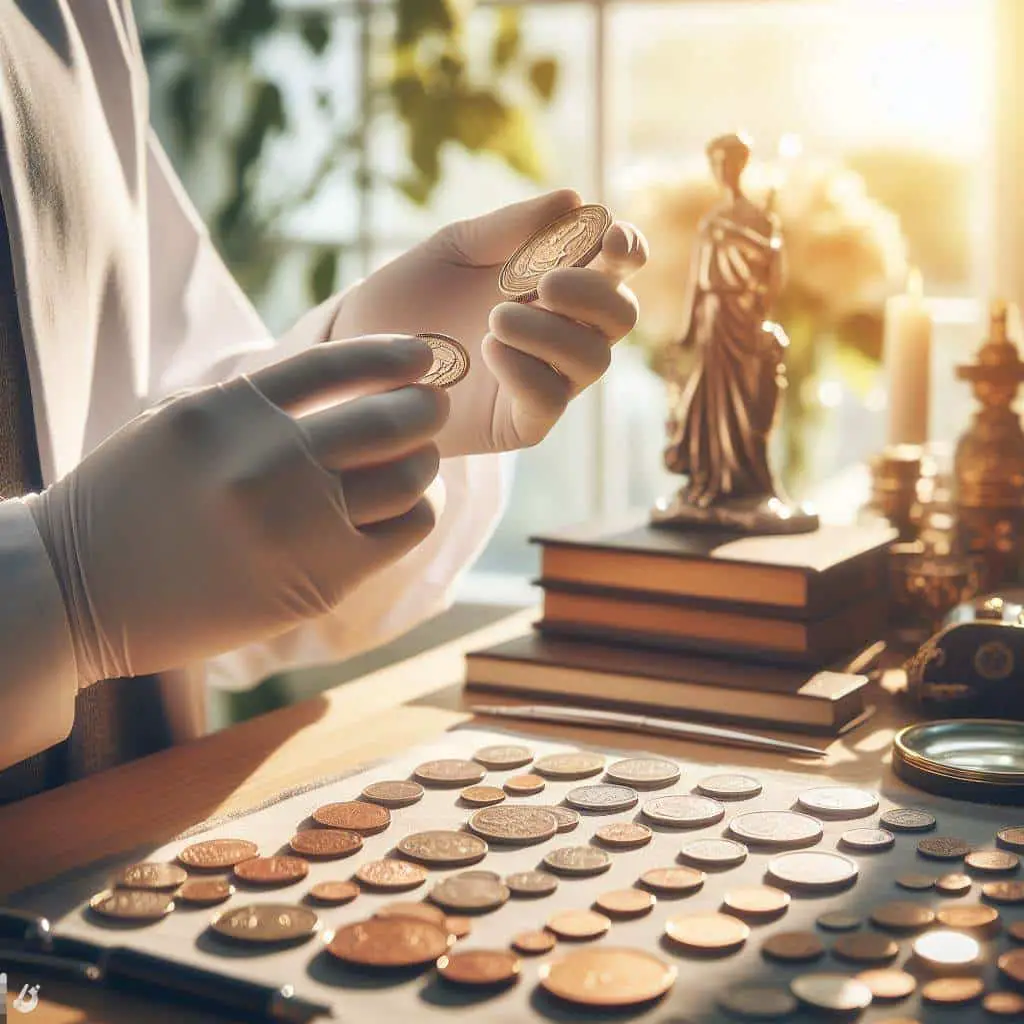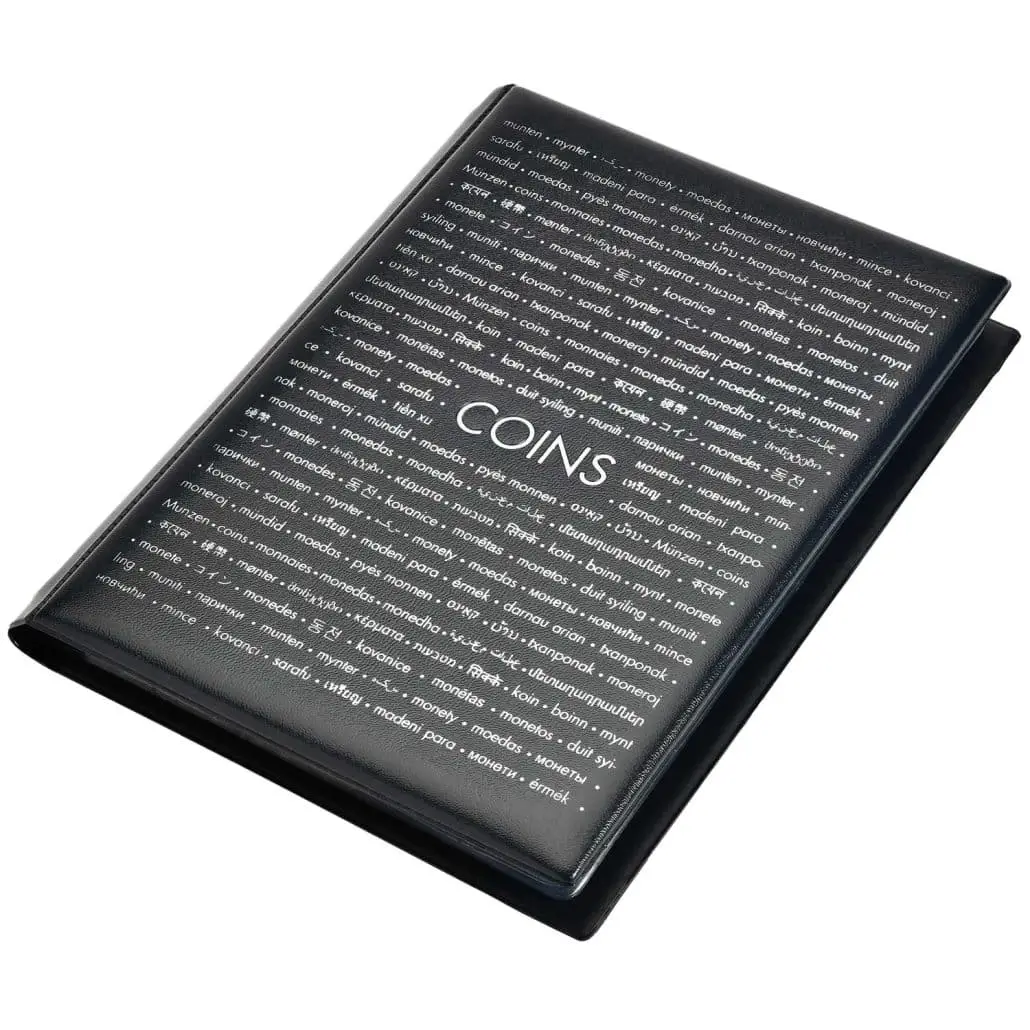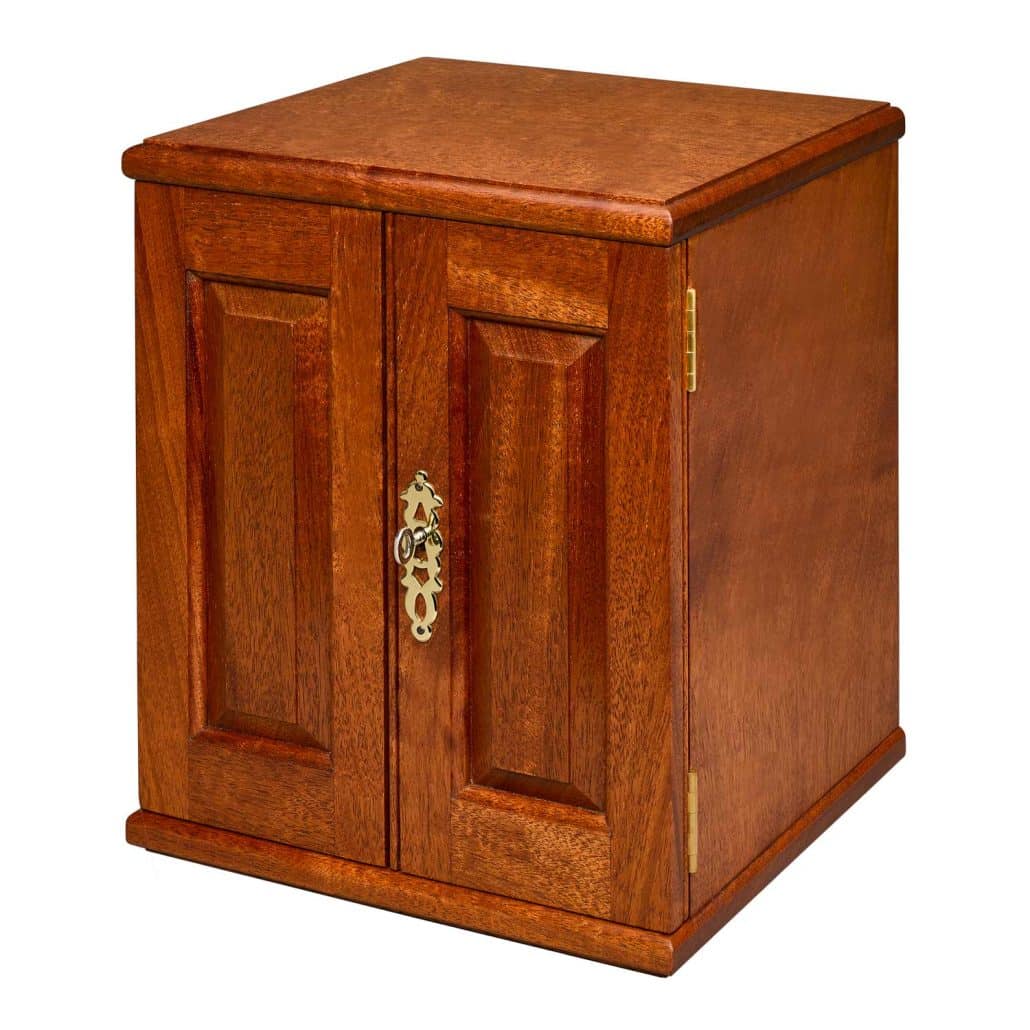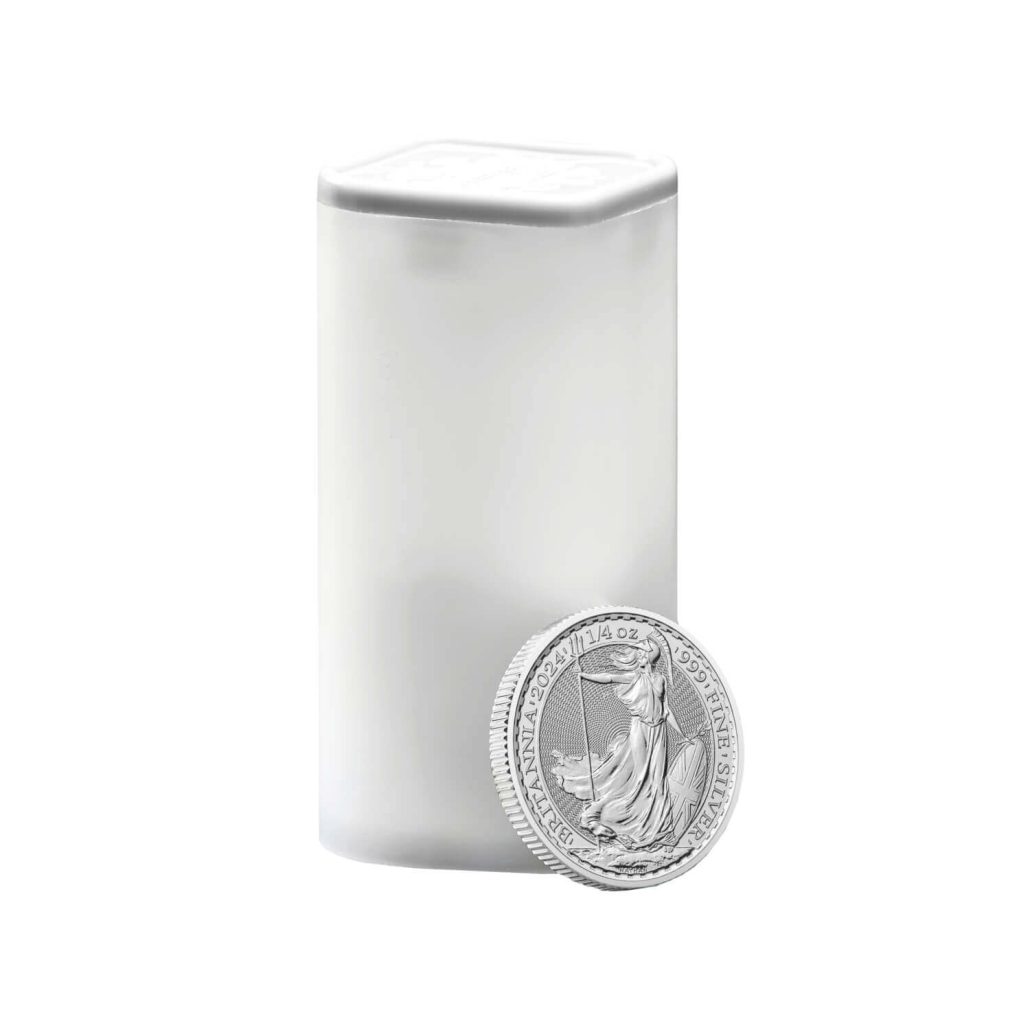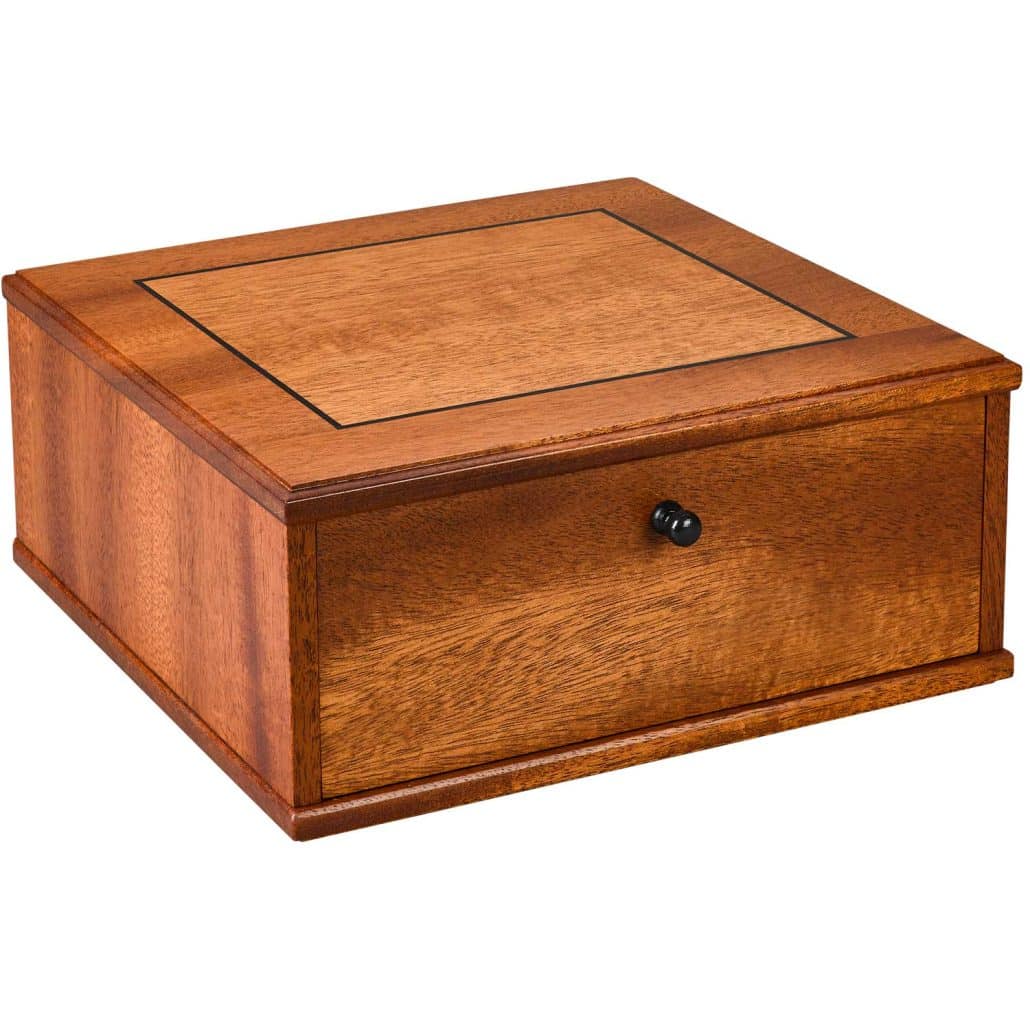Coins, with their enduring appeal, have been cherished and collected for centuries, representing not only historical significance but also serving as valuable investments and exquisite pieces of art. For individuals, whether seasoned collectors or novices, coin storage is a pivotal aspect that demands careful consideration. In this comprehensive guide, we’ll delve into the myriad options available to guarantee the long-term preservation of your coins while simultaneously highlighting their inherent beauty.
Why Proper Storage is Important
Proper storage is essential for maintaining the value and condition of your coin collection. Coins can be delicate and vulnerable to damage from environmental factors such as moisture, temperature fluctuations, and exposure to air. Additionally, mishandling and improper storage materials can lead to scratches, tarnish, and other forms of damage. By following the best practices outlined in this guide, you can protect your coins from these risks and ensure their longevity.
Factors to Consider Before Choosing a Storage Method
Before diving into the specific storage options, it’s important to consider a few key factors that can influence your decision. These factors include the size and composition of your collection, your budget, the level of accessibility you desire, and the overall aesthetic you want to achieve. By carefully considering these factors, you can select a storage method that aligns with your unique needs and preferences.
Size and Composition of Your Collection
The size and composition of your collection play a significant role in determining the most suitable storage solution. If you have a small collection, you may opt for a compact and portable storage option. On the other hand, if you have an extensive collection, you might consider investing in a larger storage system that can accommodate all your coins while providing easy access.
Budget
Your budget is another important consideration when choosing a storage method. While some storage options can be quite affordable, others may require a more substantial investment. It’s crucial to strike a balance between your desired level of protection and your budget constraints.
Accessibility
Consider how often you want to access your coins. If you enjoy regularly examining and showcasing your collection, you’ll need a storage method that offers easy accessibility. However, if you prefer to store your coins securely for long periods without frequent handling, you can choose a storage solution that prioritizes protection over accessibility.
Aesthetic Appeal
While functionality and protection should be the primary concerns when storing coins, many collectors also value the aesthetic appeal of their storage system. If you take pride in displaying your collection, you may opt for a storage method that enhances the visual appeal of your coins and complements your overall decor.
Different Storage Options and Their Pros and Cons
Now that we’ve explored the factors to consider, let’s delve into the various storage options available for your coin collection. Each option has its own set of advantages and disadvantages, so it’s essential to evaluate them based on your specific needs and preferences.
1. Coin Albums and Folders
Coin albums and folders are popular among collectors due to their affordability and ease of use. These storage options typically consist of pages with individual pockets or slots designed to hold coins securely. Coin albums often feature clear plastic sleeves that allow you to view both sides of the coin without handling it directly.
Pros:
- Affordable and readily available
- Easy to organize and view your collection
- Protect coins from scratches and environmental damage
Cons:
- Limited space for each coin, making them less suitable for larger collections
- Not ideal for long-term storage as they do not provide airtight protection
- Requires careful handling to prevent damage to the coins
2. Coin Trays and Boxes
Coin trays and boxes offer a more compact and organized storage solution. These storage options typically feature compartments or trays with slots to hold individual coins securely. Coin trays and boxes are often made from materials like wood or plastic and can be stacked or stored in a safe or safety deposit box.
Pros:
- Compact and space-efficient
- Protect coins from scratches and environmental damage
- Can be easily stacked or stored in a safe deposit box for added security
Cons:
- May not be suitable for displaying your collection
- Limited capacity, which may require multiple trays or boxes for larger collections
- Requires careful handling to prevent damage to the coins
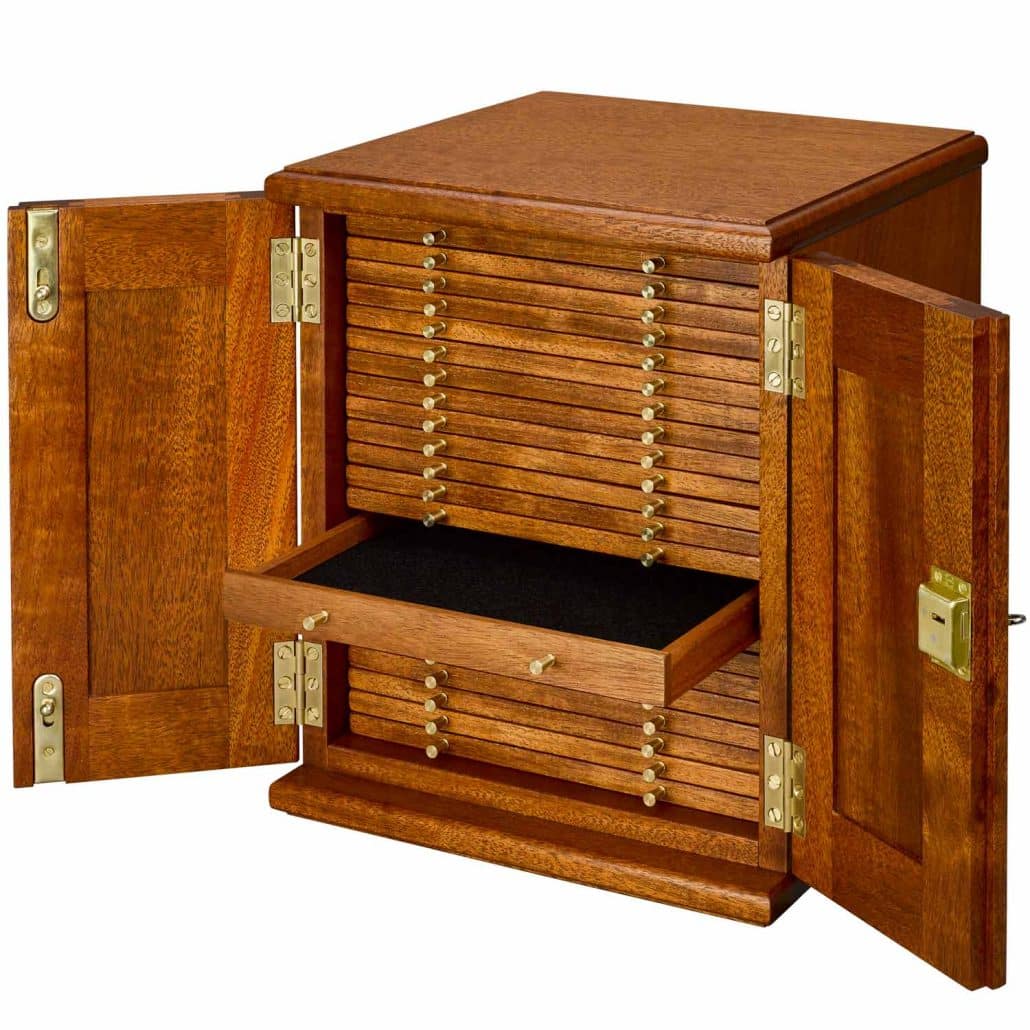
3. Coin Tubes
Coin tubes, also known as coin holders or coin capsules, are cylindrical containers designed to hold individual coins. These containers are typically made from clear plastic or acrylic and provide airtight protection for each coin.
Pros:
- Provide excellent protection against moisture, air, and physical damage
- Can be easily stored in a safe or safety deposit box
- Allow for easy viewing of both sides of the coin
Cons:
- Not suitable for displaying your collection
- May not be ideal for larger collections as they require individual tubes for each coin
- Can be relatively more expensive compared to other storage options
4. Coin Cabinet or Display Case
If you’re looking to showcase your collection while ensuring its safety, a coin cabinet or display case might be the perfect choice. These storage options are designed to hold multiple coins and often feature glass or transparent panels for easy viewing.
Pros:
- Offers both protection and display capabilities
- Can accommodate larger collections
- Enhances the visual appeal of your collection
Cons:
- Generally more expensive compared to other storage options
- Requires careful handling to prevent damage to the coins and the cabinet/display case
- May take up more space compared to other storage options
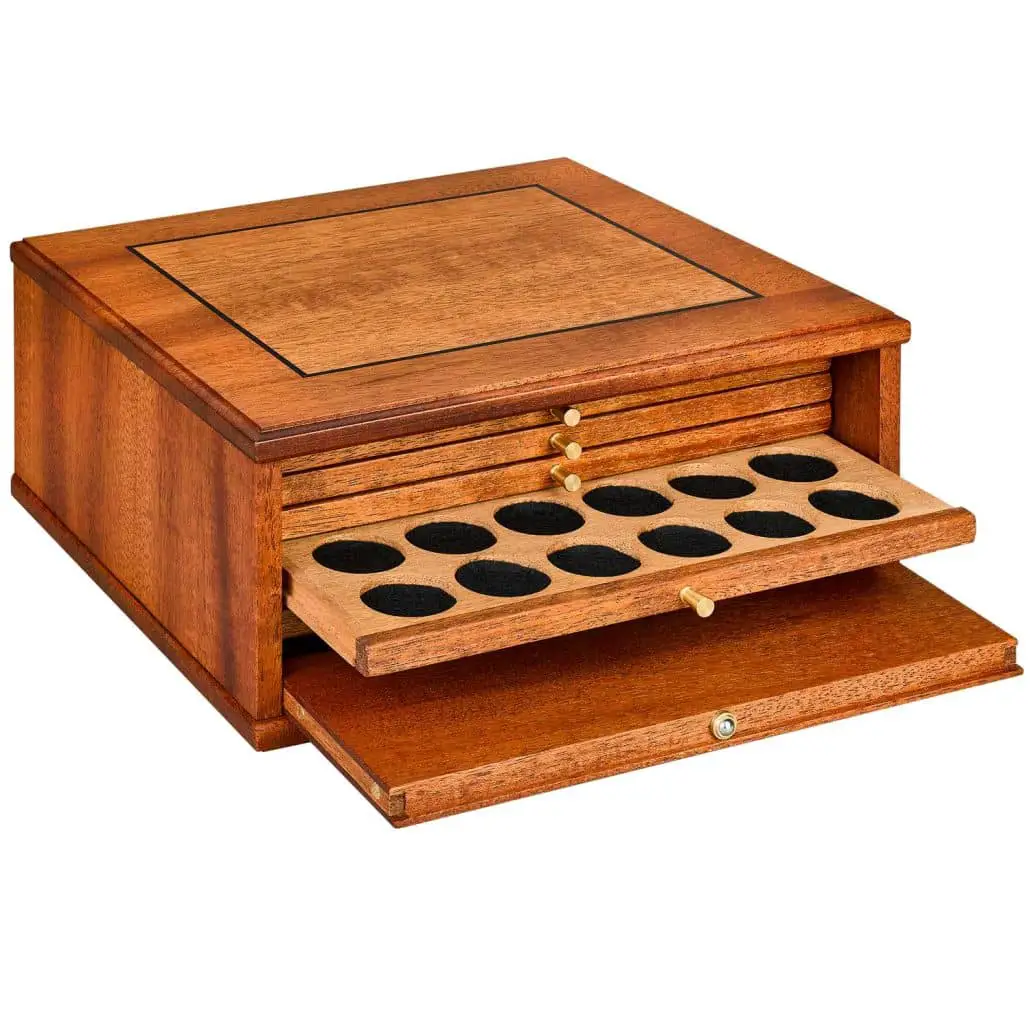
5. Coin Slabs
Coin slabs, also known as coin holders or coin grading holders, are made from hard plastic and consist of two pieces that snap together to encase the coin. These holders often include a label with information about the coin’s grade, authenticity, and other relevant details.
Pros:
- Provide excellent protection against physical damage
- Ideal for high-value or rare coins
- Often used for coin grading and certification purposes
Cons:
- Relatively expensive compared to other storage options
- Not suitable for displaying your collection
- May require professional assistance to seal the coins in the slabs
Best Practices for Coin Storage
Regardless of the storage method you choose, there are some general best practices to keep in mind to ensure the longevity of your coin collection.
1. Handle Coins with Care
When handling your coins, it’s important to minimize contact with your bare hands. The oils and acids on your skin can transfer to the coin’s surface, potentially causing damage over time. Wear gloves or hold coins by their edges to prevent direct contact.
2. Use Acid-Free and Archival-Quality Materials
To protect your coins from chemical reactions, it’s crucial to use acid-free and archival-quality materials for storage. Acid-free coin flips, envelopes, and folders are widely available and help prevent discoloration and deterioration of your coins.
3. Control Temperature and Humidity
Fluctuations in temperature and humidity can accelerate the corrosion and deterioration of coins. Aim to store your collection in a cool, dry environment with a consistent temperature. Avoid storing coins in basements, attics, or other areas prone to temperature and humidity fluctuations.
4. Store Coins in airtight Containers
Airtight containers, such as coin tubes or capsules, provide an additional layer of protection against moisture, air, and physical damage. Ensure that the containers you choose are specifically designed for coin storage and provide a tight seal.
5. Regularly Inspect and Clean Your Collection
Periodically inspect your coin collection for any signs of damage or deterioration. If you notice any issues, take appropriate measures to address them promptly. Additionally, gently clean your coins using non-abrasive methods and materials to remove dirt or debris that may accumulate over time.
Conclusion
Proper storage is crucial for preserving the condition and value of your coin collection. By considering factors such as the size of your collection, your budget, accessibility, and aesthetic preferences, you can select a storage method that meets your unique needs. Whether you choose coin albums, trays, tubes, cabinets, or slabs, remember to handle your coins with care, use acid-free materials, control temperature and humidity, store coins in airtight containers, and regularly inspect and clean your collection. By following these best practices, you can ensure that your coin collection remains protected and well-preserved for years to come.
